Albino and Leucistic Birds
By Jamie Gadsden
Albinism is a rare plumage condition that can also occur in birds, which makes some of their feathers white. It is caused by the lack of melanin in their feathers. Most albino birds are incomplete or partially albino, with white on only some areas of their plumage. Complete or full albinos are completely white, with pink legs, eyes, and beak. They are extremely rare to find in the wild and often don't live long because predators can easily see them.
Certain species seem more prone to albinism than others. Blackbirds, gulls, grackles, robins, juncos, and crows are some of those species. Albino birds are often solitary and are usually chased away by normal birds because the albino bird might bring attention to their flock.
There is another plumage condition called leucism which is very similar and is often mistaken for albinism. Leucism is when a bird is missing several different pigments in its feathers, not just melanin (which is the case in albinism). Leucistic birds have normal-colored eyes and legs, and while its plumage is paler you can still see some patterns.
The photo gallery below shows some examples of these birds.
Photo Gallery
The Canada Goose below from Sardis Pond in Chilliwack is slightly leucistic most noticeably seen in the dark feathers on the bird's neck and tail feathers. 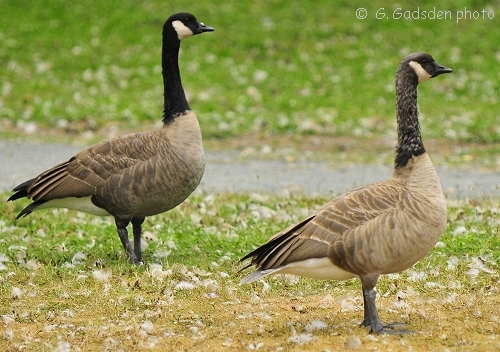
A much more extreme version of leucism in this specimen from Willband Creek Park in Abbotsford is very apparent in all of the bird's plumage.

A Cackling Goose from Sardis Pond with white feathers mottling the neck. 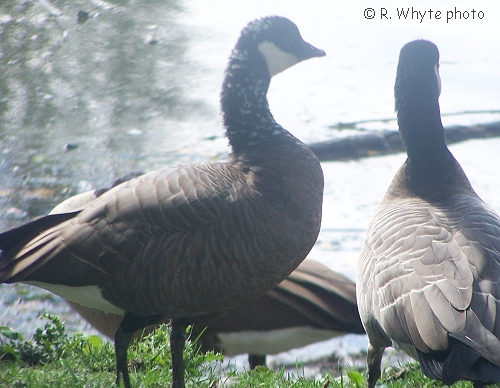
This young Bald Eagle from east Chilliwack was a real eye-catching bird!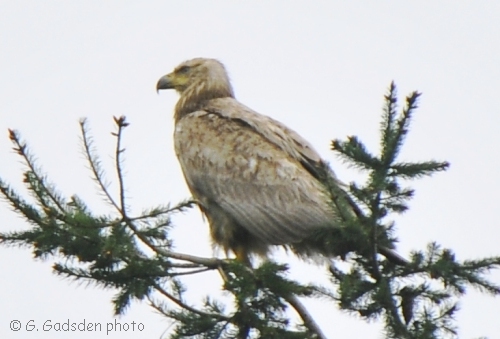
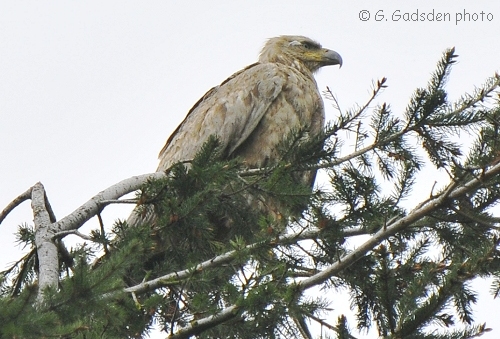
It is difficult to identify which gull species this is. The wing tips are the only dark feathers on the bird suggesting it to be a Herring Gull or some sort of hybrid. The bill and legs are normally coloured. 
In addition to the white feathers, the beak and legs on this Mew Gull from Sumas Prairie is more of an orange than the typical yellow. 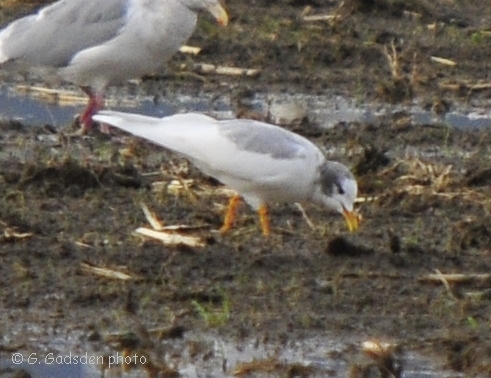
A partially albino Black-chinned Hummingbird from Greendale. Look for some white secondary feathers in the wing and a single white tail feather.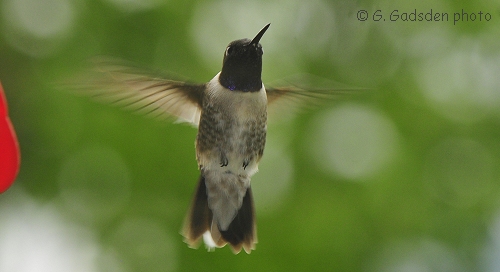
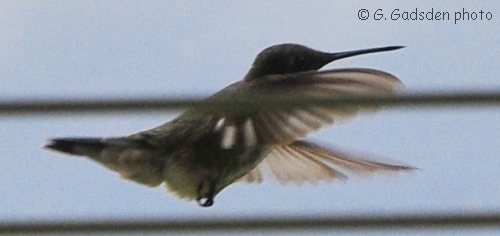
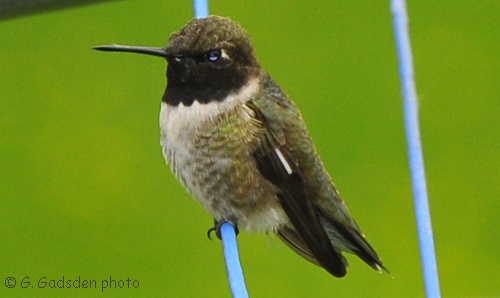
This Common Raven from Fort McMurray is an excellent example of a fully albino bird
The partially albino feathers on this Steller's Jay makes for a strikingly marked bird.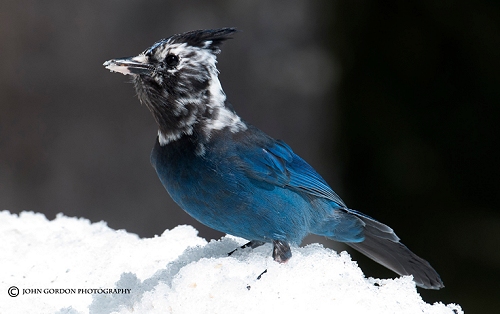
A partially albino Varied Thrush male from Sardis.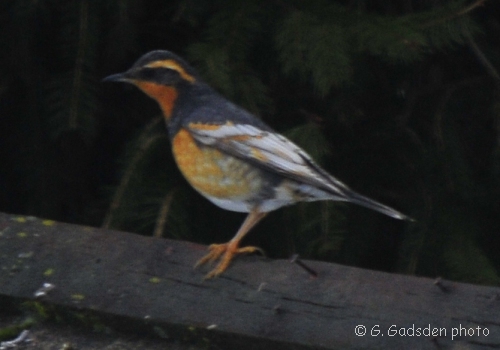 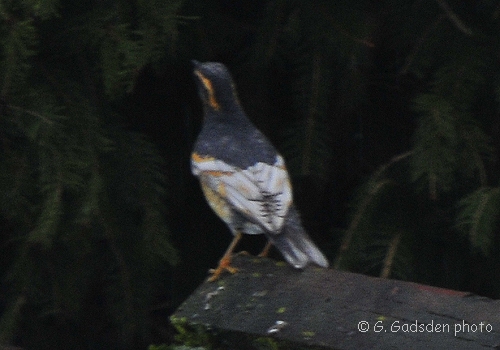
A leucistic American Robin from Island 22
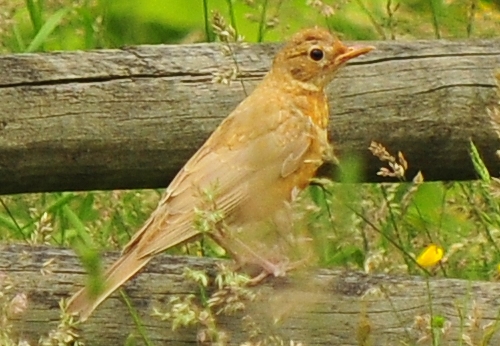
An example of partial albino American Robin from Chilliwack
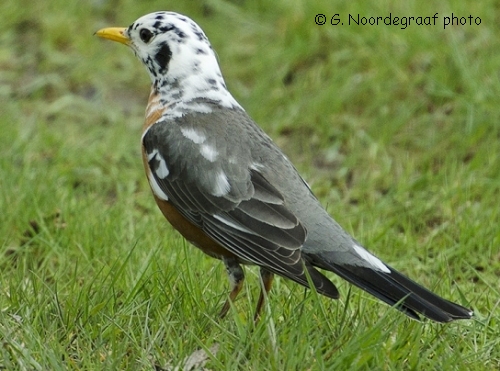
Another partial albino adult American Robin from east Chilliwack
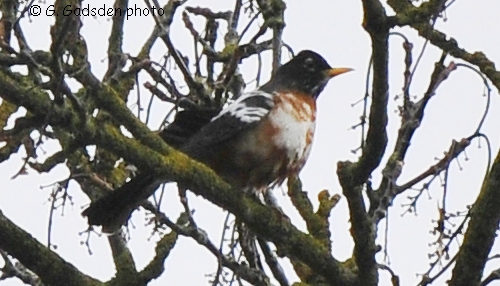
This is a partially albino European Starling was from Sardis.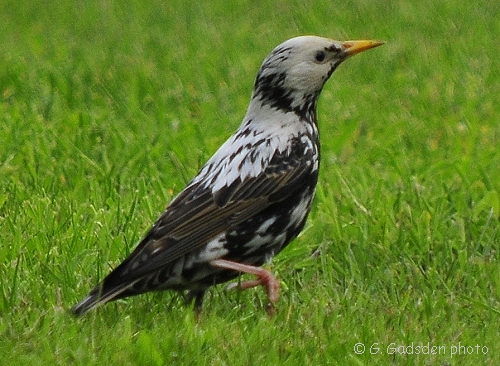
An American Dipper from Harrison Lake that is partially albino.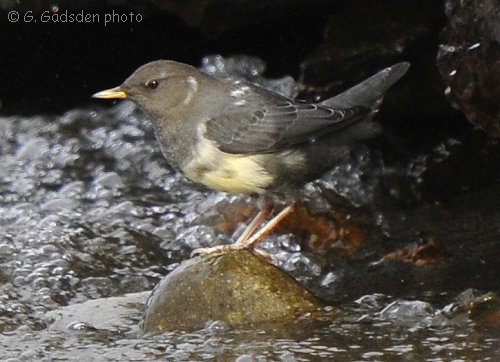
Examples of partially albino Black-capped Chickadees from the Fraser Valley. 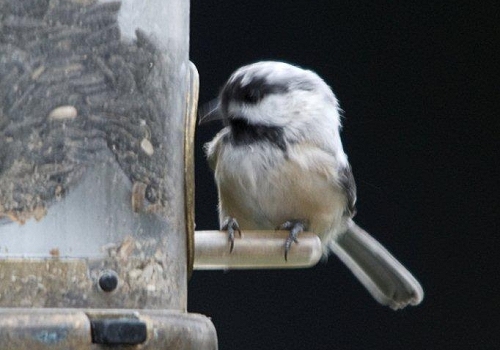 
A Marsh Wren with partially albino feathering.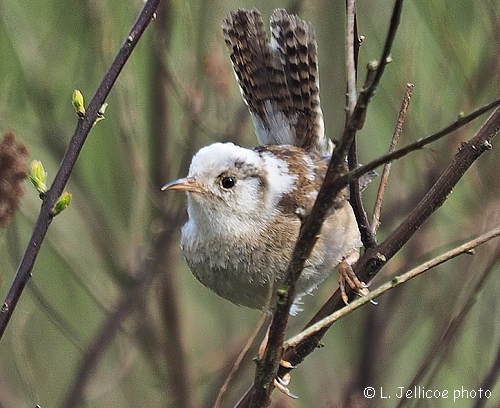
This Barn Swallow stuck out from among its flock mates over the Fraser River at Island 22. It was difficult to tell if this was an albino or leucistic individual.

A partially albino Yellow-rumped Warbler causes one too do a double take! This bird was observed at Boundary Bay.
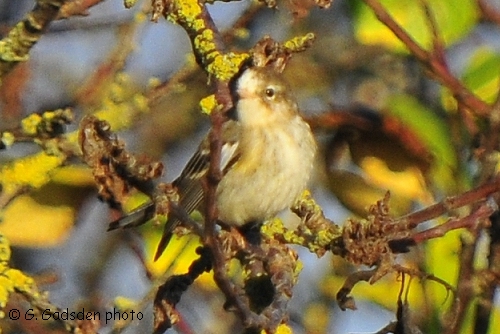
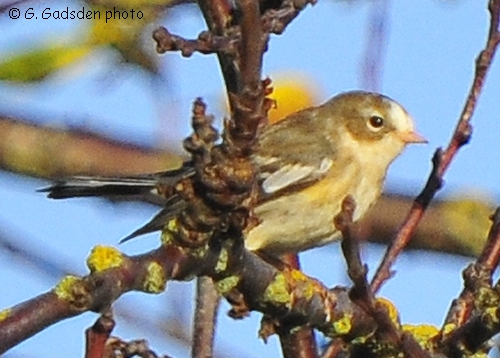
A partially albino Dark-eyed Junco from Greendale.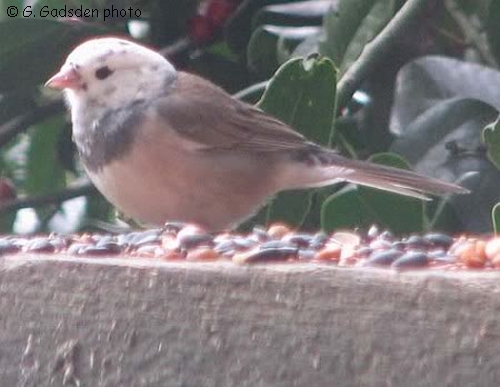
A leucistic White-crowned Sparrow from Agassiz.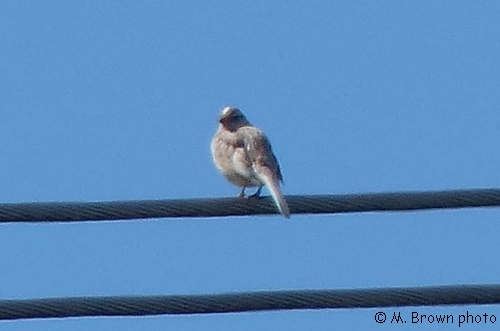
From Langley a partially albino Song Sparrow visited feeders.

A leucistic Spotted Towhee spotted in a yard in Popkum.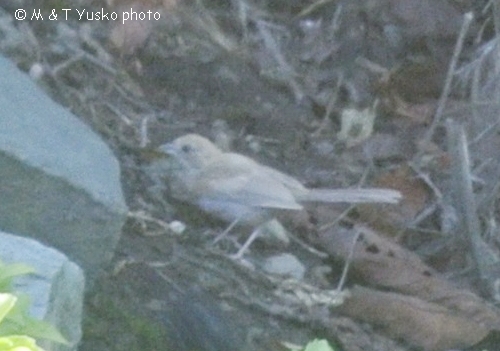
This appears to be an albino House Finch from Harrison Hot Springs. 

|